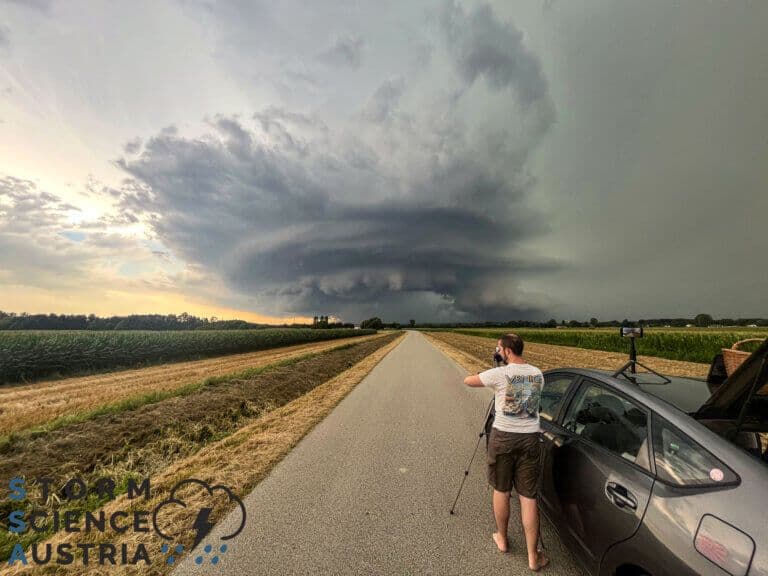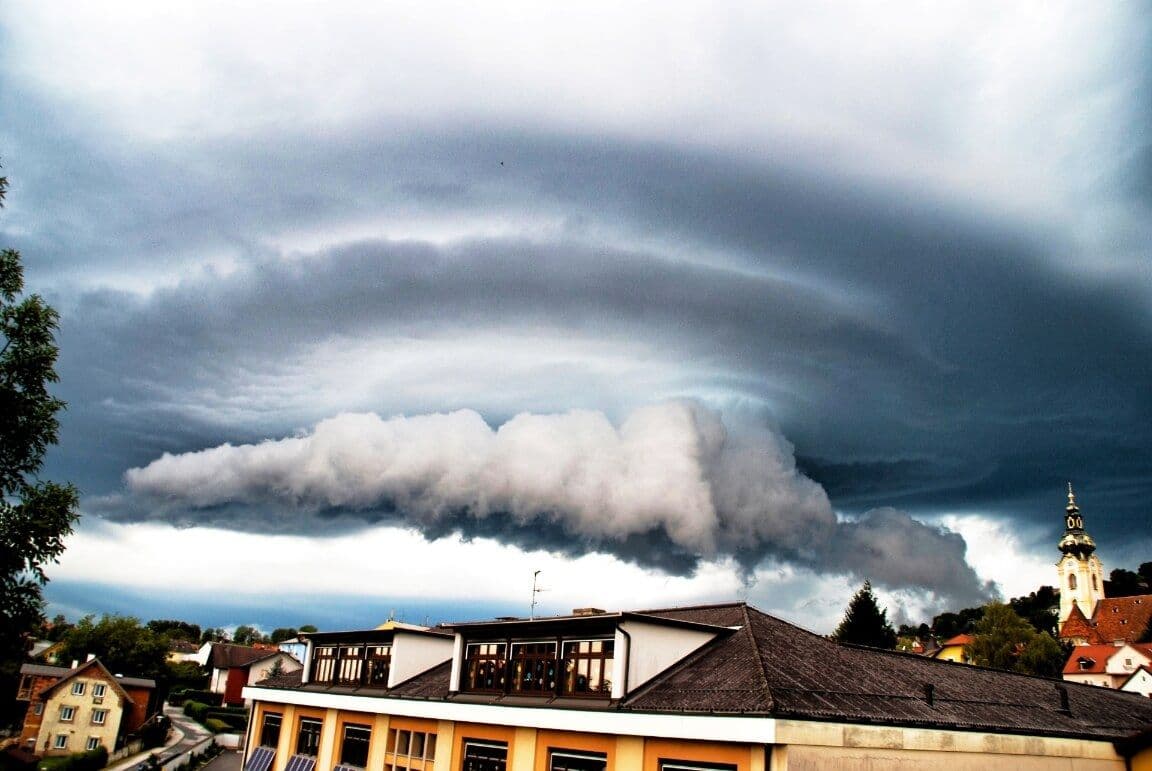The Coming Deluge: Germany's Highest Storm Alert and the Battle for Resilience
Germany faces extreme storms. Discover what the highest warning level means, how regions prepare, and essential safety tips for unprecedented rainfall.
Decoding the Red Alert: The Science Behind Germany's Gravest Storm Warning
Germany finds itself on high alert as the , the national meteorological service, issues its highest-level storm warning – Level 4 – for significant parts of the country. This isn't just a typical summer thunderstorm; it's a grave forecast of extreme weather phenomena, including torrential rainfall, severe thunderstorms, and potent gales. Specifically, the DWD has flagged the northeast and eastern regions, encompassing parts of , , , and , as being in the direct path of this meteorological onslaught. For areas stretching from to , and even parts of the Baltic Sea island of , the warning is particularly dire, anticipating an extraordinary 80 to 140 liters of rain per square meter within a mere twelve hours. To put this into perspective, DWD spokespeople have starkly compared this expected deluge to the rainfall seen during the devastating , noting it could be double the typical monthly precipitation for July in those regions. While acknowledging the potential for a "huge swell" of water, experts also point out a crucial geographical difference: the absence of mountains in the affected Baltic Sea region should facilitate better water runoff compared to the Ahrtal's tragic topography. This top-tier warning for Mecklenburg-Vorpommern is set to remain in effect until Tuesday midday, underscoring the prolonged nature of the threat.
Beyond Basements: On-the-Ground Preparedness and Regional Strategies
With the DWD's red alert ringing out, German regions are moving swiftly beyond mere individual preparedness to implement comprehensive, on-the-ground strategies designed to mitigate the storm's impact. Authorities in , particularly in areas like , , and the Mecklenburg Lake District, are actively reinforcing their control centers, anticipating localized flooding and overwhelmed basements. This proactive stance reflects a learning curve from past events, emphasizing early warning and coordinated response. For instance, the district of Vorpommern-Greifswald has explicitly advised residents to take preventative flood protection measures where possible, a clear call to action that extends beyond simply securing one's home. The City of , leveraging modern technology, has utilized its dedicated warning app to disseminate critical information to the populace, ensuring broad awareness of the impending danger. While the most extreme rainfall is concentrated in the northeast, other affected federal states are still bracing for significant precipitation, with forecasts indicating up to 70 liters per square meter of continuous rain. These regional efforts, from bolstering emergency services to direct public communication, illustrate a sophisticated approach to disaster preparedness, aiming to protect communities before the worst of the weather arrives.
Navigating the Storm: Essential Citizen Safety and Immediate Response
As the storm descends, citizen safety pivots from preparedness to immediate, actionable responses. The DWD's warnings clearly outline the direct threats: not just flooding, but also the potential for treacherous landslides and dangerous aquaplaning conditions on roads. In response, local authorities in heavily impacted areas like and have already taken decisive steps, closing parks and canceling concerts to minimize public exposure to risk. This underscores a crucial message for citizens: avoiding unnecessary outdoor activity is paramount during a Level 4 storm warning. For those in the directly affected regions of , , , and the Mecklenburg Lake District, where prolonged heavy rainfall is expected from late Monday afternoon, staying informed through official channels like the DWD's continuous updates is vital. The comparison to the serves as a stark reminder of the potential for rapid escalation in water levels. Citizens are advised to secure loose outdoor items, avoid driving through flooded streets, and be prepared for potential power outages. The focus shifts to protecting lives and property through vigilance and adherence to official advisories, emphasizing that personal safety takes precedence during such extreme weather events.
Weathering the Future: Long-Term Resilience and Climate Adaptation
Looking beyond the immediate threat, the current extreme weather event in Germany serves as a potent reminder of the escalating need for long-term resilience and comprehensive climate adaptation strategies. While the immediate forecast suggests a return to changeable weather rather than a swift return to high summer, the frequency and intensity of such severe meteorological phenomena highlight a shifting climate reality. The DWD's continuous monitoring of various extreme conditions—be it storms, hurricanes, heavy rain, thunderstorms, heatwaves, or even snow and ice—underscores the evolving challenges facing Germany's infrastructure and communities. The comparison to the , even with the positive note of better drainage near the Baltic Sea, reinforces the urgency for robust flood protection measures and urban planning that can withstand unprecedented rainfall volumes. Moving forward, investing in resilient infrastructure, enhancing early warning systems, and fostering community-wide climate literacy will be crucial. This isn't just about preparing for the next storm; it's about fundamentally rethinking how German society coexists with a more volatile climate, building a future where communities are not just reactive but proactively adapted to the coming deluges.
Related Articles

Decoding the Deluge: Why Germany's Skies Are Unleashing Historic Rainfall

Decoding the Deluge: Why Germany's Skies Are Unleashing Historic Rainfall

Alpine Fury Unleashed: Navigating Switzerland's Extreme Weather Resilience

Alpine Fury Unleashed: Navigating Switzerland's Extreme Weather Resilience

When Diamonds Fall from the Sky: Austria's Growing Battle with Destructive Hail

When Diamonds Fall from the Sky: Austria's Growing Battle with Destructive Hail

When the Sky Turns Stone: Decoding Austria's Escalating Hail Threat
